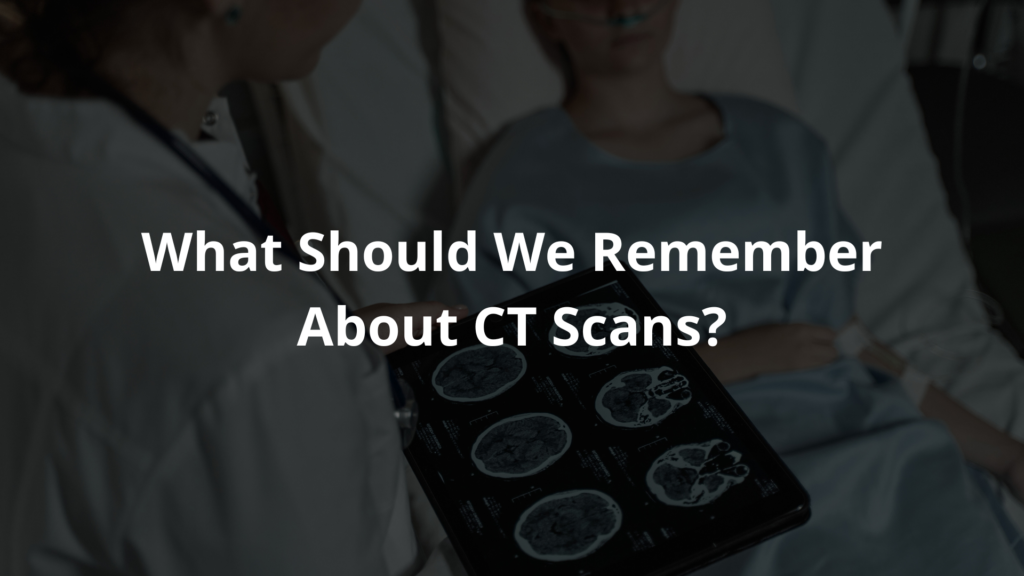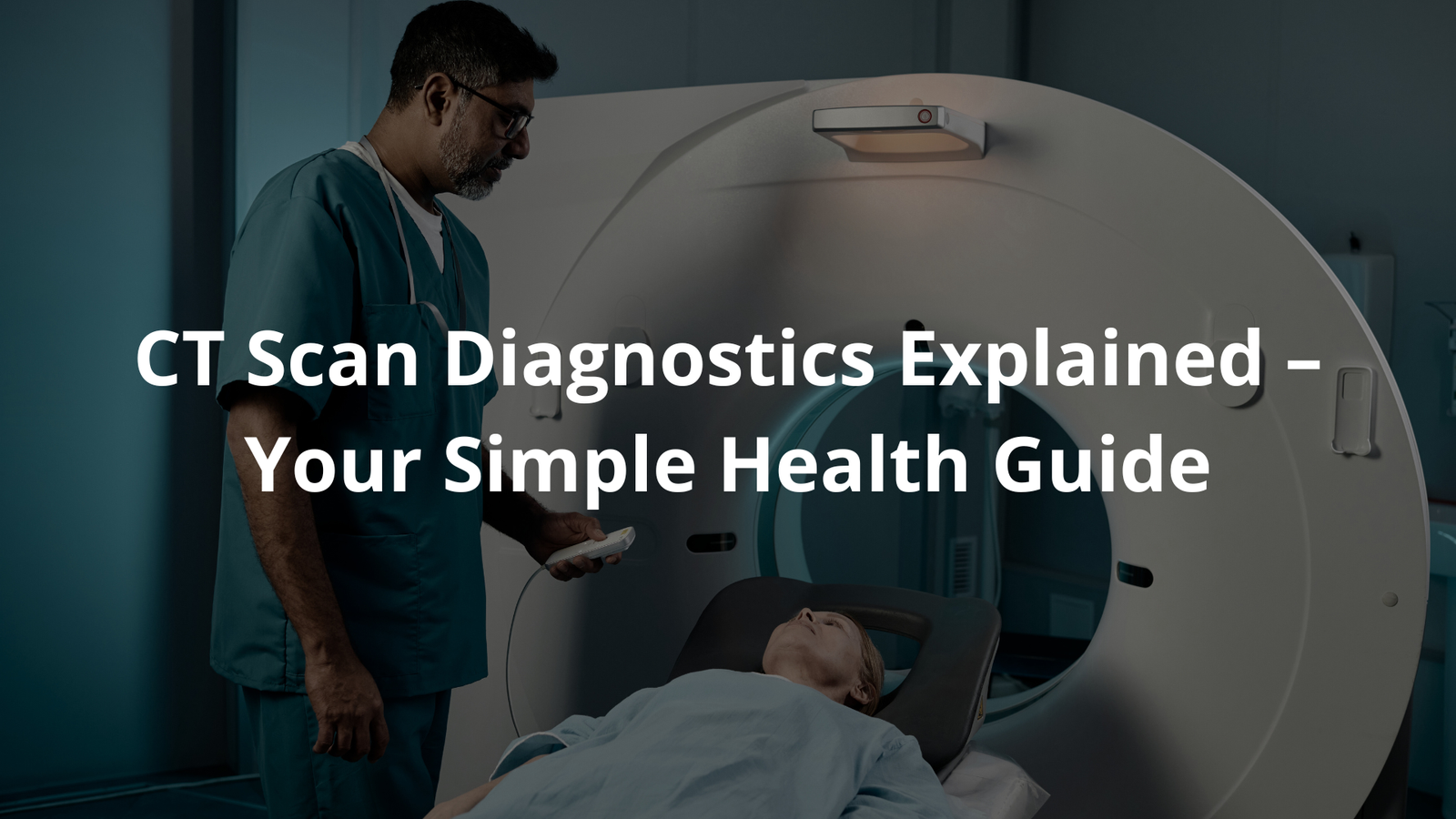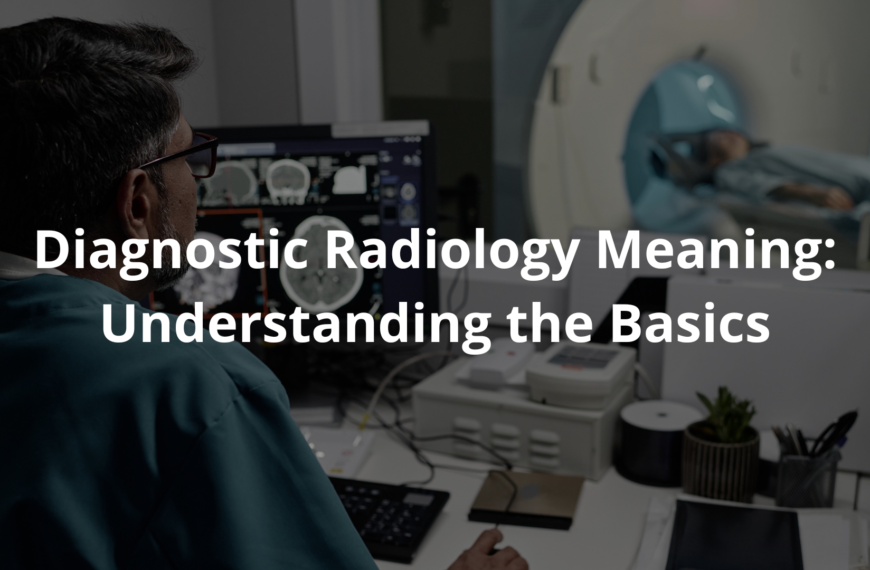Get to know CT scans, how they diagnose health issues, and why they’re essential for CT scan diagnostics..
When people think about peering inside their bodies, it feels pretty amazing. Imagine a window revealing everything happening within. That’s what CT scans do! These advanced diagnostics are crucial in Australian healthcare, giving doctors a glimpse into their patients, helping them understand if someone is unwell or if treatment is necessary.
With CT scans, they can spot bones, soft tissues, and even blood vessels—like watching the inner mechanics of a clock. So, as they explore this incredible technology, many wonder how it works and what to expect during a scan. Keep reading to learn more!
Key Takeaway
- CT scans help doctors see inside our bodies using X-rays.
- They are fast, detailed, and non-invasive, which means they don’t hurt.
- Even though they are great tools, they can expose us to small amounts of radiation.
What is a CT scan and how does it work?
A CT scan, or Computed Tomography scan, is kind of like a super smart camera that helps doctors see inside our bodies. It uses X-ray technology, which is a special kind of light that can go through our skin.
Picture this: slicing a loaf of bread. When you cut it, you can see the soft bread inside, right? A CT scan takes lots of pictures of the body from different angles and then stacks them together to create thin slices of images. These slices show doctors a clear picture of what’s happening inside.
During the scan, the CT machine spins around the person. It looks a bit like a big donut. The machine takes pictures in just a few minutes, which is pretty quick. Then, a computer works its magic and puts all those pictures together. This technology helps doctors see important details, like bones, organs, and blood vessels. So, if someone has a problem, the CT scan can help find it!
Why do we need CT scans?
CT scans are super useful for figuring out what’s wrong with us. They help doctors check for all sorts of health problems, including:
- Checking for lung diseases: This includes things like lung cancer or infections that can make it hard to breathe.
- Looking at our bellies: They can find issues like appendicitis, which is when the appendix gets swollen and can be painful.
- Brain checks: Doctors can see if there’s been a stroke or a brain injury, which is really important for getting the right treatment.
- Bone injuries: They help find broken bones or any issues with our joints.
It’s like having a superhero tool that can look inside and tell doctors exactly what’s happening. So, when someone feels bad or gets hurt, a CT scan can help doctors understand what they need to do to help them feel better.
What are the good things about CT scans?
CT scans come with some fantastic benefits that make them really handy:
- Quick results: They’re super fast! This matters a lot in emergencies, when time is really important.
- Detailed images: CT scans provide clearer pictures than normal X-rays. This helps doctors make better choices about treatment.
- Easy and painless: The procedure is simple. You just lie still for a little while, and there’s no pain involved!
These benefits make CT scans a valuable tool in modern medicine. They can save lives by helping doctors make quick and accurate diagnoses.
What about safety?
Even though CT scans are helpful, they use X-rays, so there’s a little exposure to radiation. For example, a chest CT scan gives about 2 mSv of radiation, which is more than what we get from nature in a whole year. [1] That sounds a bit scary, right? But it’s important to remember that the risk is small compared to how much the scan can help.
Health experts want to keep everyone safe. They follow strict rules to make sure CT scans are done only when really needed. The Royal Australian and New Zealand College of Radiologists (RANZCR) gives advice on when a CT scan is necessary, especially for kids who are more sensitive to radiation. They want to be sure that the benefits of the scan are better than the risks.
Are there new improvements in CT technology?
Absolutely! There are always new things in medical technology. Recently, ultra-low dose scanners have been created. These amazing machines reduce the amount of radiation we get while still giving excellent images. This is especially good for checking bones and for people with metal implants, like screws or plates from past surgeries.
Another exciting progress is CT angiography. This special type of CT scan helps doctors see our blood vessels without any major procedures. Instead of using a thin tube called a catheter, doctors can now check out the blood vessels without any big fuss. This is a big leap forward in making medical imaging safer and easier for patients.
What to expect during a CT scan?
If someone needs a CT scan, here’s what they might experience:
- First, they’ll lie down on a special table that moves into the CT machine. It looks like a large donut, which is a bit amusing.
- Then, they may be asked to hold their breath for a few seconds while the machine takes the pictures. This helps ensure the images come out clear.
- The whole process is quick, usually taking just a few minutes.
There’s no need to worry. The scan is painless, and once it’s done, the person can just go home right away!
Why are CT scans so popular in Australia?
CT scans have become more common in Australia over the years. In fact, from 2001 to 2019, the rate of CT scans jumped by over 200%! [2] That’s a huge increase! This rise is mainly because they help doctors find important health issues like cancer and heart disease.
With millions of CT scans performed each year, it’s clear that they play an important part in modern medical care. They help people get the right treatment when they need it. So, it’s no surprise that CT scans are a go-to tool for doctors all over the country.
What Should We Remember About CT Scans?

- CT scans help doctors see inside our bodies using X-rays.
- They are fast, detailed, and non-invasive, which means they don’t hurt.
- Even though they’re great tools, they can expose us to small amounts of radiation.
So, if you ever need one, just remember it’s like having a superhero help check things out inside!
FAQ
How does a ct exam and ct scanning work with ray detectors and ray beam?
The CT scanner uses a rotating ray tube that sends a ray beam through your body. As the beam passes through, ray detectors on the opposite side capture the data. The scanner processes these signals into detailed ct images. Think of it like taking photos of a loaf of bread from different angles, then combining them into a complete 3D picture.
What’s the difference between cat scan, mri scan and other imaging test options?
While both cat scan and mri scans create detailed images, they work differently. CT uses X-rays and is great for viewing bone, soft tissue, and blood clots. MRI uses magnets and works better for seeing nerves and ligaments. Your doctor picks the best imaging tool based on what body parts need examining.
What should I know about ct contrast and contrast dye before my exam?
Sometimes you’ll need iv contrast or oral contrast (contrast agent) for better image quality. The contrast dye helps highlight specific body parts. Your doctor will check if you have kidney disease first, as this might affect which contrast they use. You might need to avoid eat or drink for a few hours before.
What happens during the ct procedure when I’m on the exam table?
You’ll change into a hospital gown and lie on the exam table. The table slides through a short tunnel with a circular hole (the scanner). The machine takes fine slices or image slices as you pass through. It’s quick – usually taking just a small amount of time. Remember to remove metal objects beforehand.
How do ct scanners help diagnose conditions like lung cancer and blood clot?
CT technology offers high quality, quality images that help diagnose many conditions. The ct imaging can spot lung cancer, blood clots, and head injuries early. It’s also used for calcium score tests to check heart attack risk. This wide range of uses makes CT an essential health care and quality care tool.
What about radiation dose and side effects during ct exams?
Modern ct scanners use low dose ct techniques to minimize radiation exposure. While there’s a small cancer risk, the benefits usually outweigh this for needing a ct scan. Side effects are rare. Some people might have reactions to the contrast, but health care staff monitor your heart rate and watch for any issues.
Do I need a blood test before my med radiology appointment?
Sometimes you’ll need a blood test to check your kidney function, especially if you’re getting contrast dye. The health care team uses these results to ensure ct contrast is safe for you and to provide quality care throughout your scan.
How do ct exams produce quality images in such fine slices?
The ct technology creates image slices by rotating ray detectors around your body. These fine slices combine to form high quality 3D pictures. The scanner processes thousands of ray images into detailed views that let doctors see tiny changes in your soft tissue and other body parts.
What should I wear when scans require me to lie still on the exam table?
Wear comfy clothes, but you’ll change into a hospital gown for the test. The imaging test works best when you can lie still as the table moves through the short tunnel. Remove metal objects like jewelry or belts before the scan starts – they can affect image quality.
How long do I need to wait after I eat or drink before the ct procedure?
For most ct exams, you shouldn’t eat or drink for 4-6 hours before your scan, especially if you need oral contrast. Your health care team will give you specific instructions. Some scans require you to drink contrast solutions at certain times before your appointment.
Conclusion
CT scans are essential for doctors to see what’s going on inside our bodies. They can snap detailed images quickly, which helps with diagnosing a bunch of medical conditions. Sure, there are some risks, but the good usually outweighs the bad. If you ever need to get a CT scan, just remember, it’s a tool to help doctors keep you healthy. No need to worry—it’s all about making sure you’re alright!
References
- https://www.arpansa.gov.au/understanding-radiation/radiation-sources/more-radiation-sources/ct-imaging-and-children-referrers
- https://bmjopen.bmj.com/content/12/4/e057424




